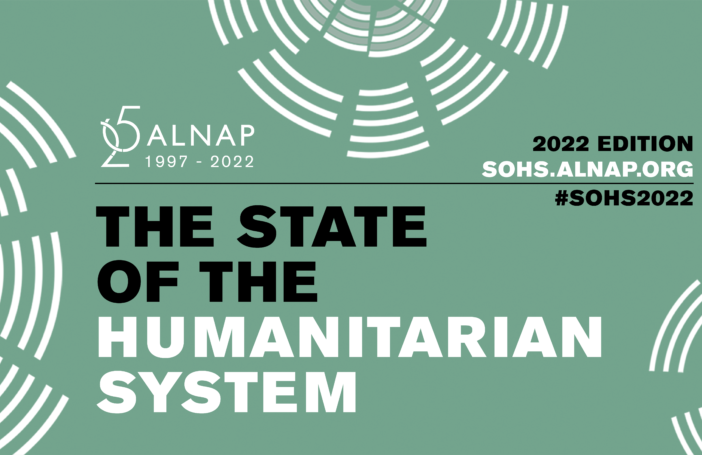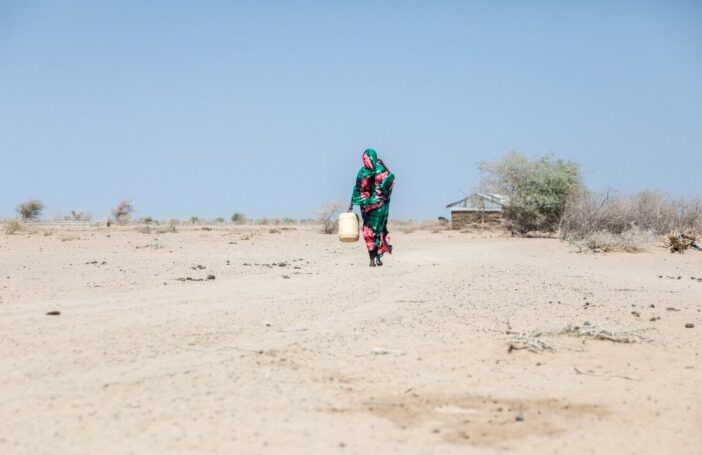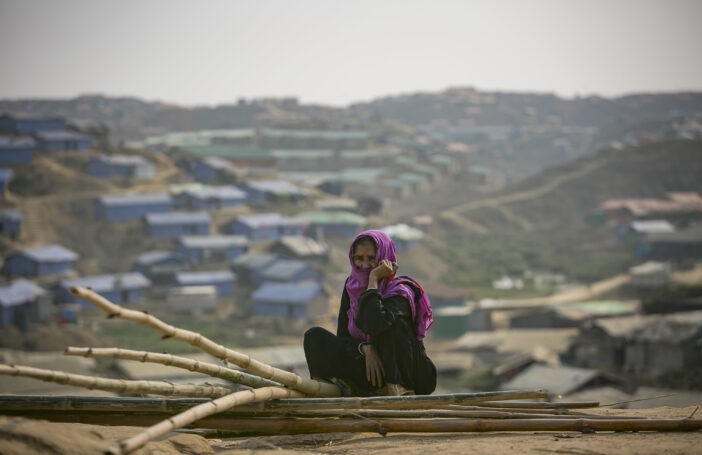The need for humanitarian funding has only been increasing. We are currently in the midst of numerous global crises, most notably those affecting Syria and Iraq.
Many of the international appeals to support these crises are coming up short—humanitarian appeals for 2015 were only 53% funded, according to the Financial Tracking Service.
As part of our new Australian Aid Tracker website, we’ve taken a look at how Australia is performing on its commitments to international humanitarian appeals and how its humanitarian aid contributions stack up.
Humanitarian funding received a three per cent cut in this year’s budget. In the context of a 30 per cent overall cut to aid, that placed it in the ‘non-loser’ category in our budget analysis. It actually grew very slightly as a percentage of the overall aid budget.
It is good that its priority wasn’t reduced. But is eight per cent of our aid enough?
One way to answer this is to look at what other countries give. The 2015 Global Humanitarian Assistance report has data comparing the humanitarian assistance effort of countries around the world, including new and emerging donors.
In the chart below, you can see a time series showing Australia’s position among OECD DAC members from 1990 up to the end of 2014, based on volume of humanitarian assistance. We’ve moved around a lot, but have never been a particularly large humanitarian donor. The US and UK stand out. We’re the 8th biggest OECD economy, but only the 12th largest OECD provider of humanitarian assistance. Our GNI is half the size of the UK’s, but we give one-sixth the amount of crisis aid.
The next chart shows us where that eight per cent of overseas development assistance (ODA) spent on humanitarian assistance places us globally. As you can see, other OECD DAC donors spend a much larger proportion of their total ODA on humanitarian assistance. Australia’s share has hovered roughly around 10 per cent over the past decade, but other donors are spending much more.
So, while we may not have slashed humanitarian assistance during this year’s aid budget as brutally as we cut other areas, we’re still not keeping up. And we’re not giving nearly enough.
In the table below, which draws on data from the Financial Tracking Service, you can see how Australia’s humanitarian assistance has been split across major international appeals for the past year.
Our contribution to Syria might look impressive, but with an estimated 13.5 million people displaced or in need as of 2016, it is about $3 per person, and less than 1% of the total [pdf] raised for Syria last year, which itself was less than half of the total funds required.
Given Australia’s aspirations to take on more leadership roles on the global stage, and our repeated claim to be a generous people, our effort on humanitarian aid needs to step up.
Ashlee Betteridge is a Research Officer at the Development Policy Centre. Read more about Australian aid, our commitments and trends on the newly-launched Australian Aid Tracker website. Data for this post was drawn from Aid Tracker analysis.






Isn’t the answer to your title question Ashlee that Australia is an AID scrooge? Our low levels of humanitarian funding reflect our low levels of aid funding overall, exacerbated by a policy which focusses more on small countries that are geographically close to us than countries with the greatest needs.
I am not sure that a large increase in the share of aid to humanitarian assistance is a good solution, for two reasons. I fear the Government’s focus on the Pacific might mean that this would further reduce funding to effective multilateral development programs and to effective development programs in non-Pacific countries. My second reason is that there appears to be considerable scope to improve the effectiveness of humanitarian assistance through better disaster prevention and preparedness and more direct support of people and NGOs in disaster areas, with less use of imported civilian and military personnel.
However I certainly think the effectiveness and impact of the aid program would be significantly improved if we removed the artificial separation of humanitarian and development programs. We should apply humanitarian principles to the whole aid program and thus:
– provide assistance on the basis of need and our capacity to make a difference
– prioritise poor people’s survival and focus on ensuring everyone has access to basic services and is safe
– ensure local people are at the centre of decision making and action.
This is what we expect and largely achieve for Australians in Australia but we don’t seem to apply these principles across our aid program.